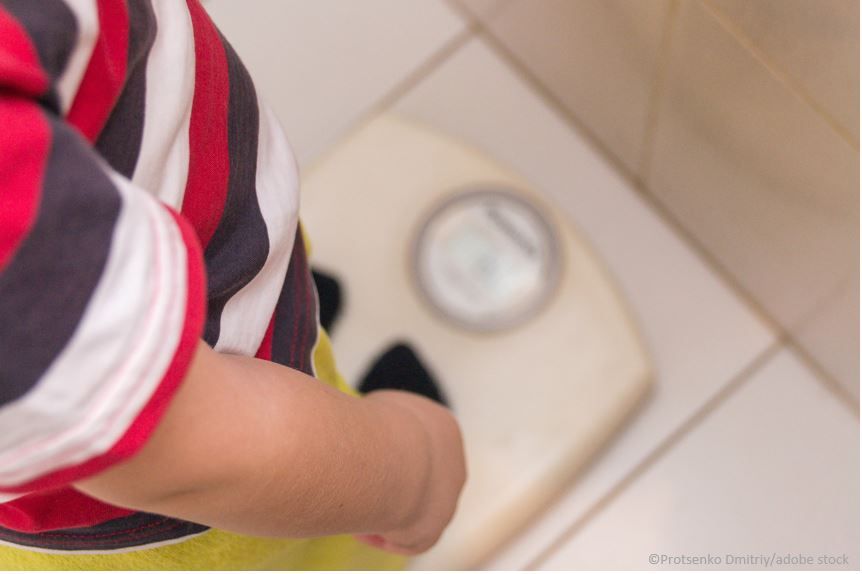Early Initiation of Childhood Obesity Treatment Linked to Better Weight Outcomes Over Time
An intensive parent-support early childhood obesity intervention program led to better weight status outcomes in the long-term compared to standard therapy, report study authors.

An intensive parent-support early childhood obesity intervention program led to better weight status outcomes in the long-term compared to standard treatment, according to a new study published in the International Journal of Obesity.
“This study is the first to report on the long-term follow-up of a 12-month obesity treatment among a diverse population of preschool-age children,” wrote principal investigator Paulina Nowicka, MS, PhD, associate professor in pediatric science, Department of Clinical Science, Intervention and Technology, Karolinska Institute, Solna, Sweden, and colleagues.
Nowicka and coauthors conducted the current study to examine weight status 48 months after initiation of obesity treatment among children aged between 4 and 6 years who participated in the More and Less (ML) study, a 12-month randomized controlled trial (RCT).
“The ML study was a 12-month open-label, non-blinded, childhood obesity RCT assessing the effects of a 10-week parent support program, with and without telephone-based booster sessions, compared to standard treatment,” wrote researchers. The ML study was conducted in Sweden between March 2012 and October 2017.
Among the 177 families recruited to the ML study, 6 children were excluded because of medical diagnoses, therefore, 171 families were eligible for the current modified intention-to-treat analysis, according to investigators.
Of the 171 families, 34 (19%) dropped out between enrollment and 48 months, 23 (13%) were lost to follow-up (eg, no contact, moved abroad), and 114 (64%) had measurements at 48 months.
The families were randomly assigned to 1 of 3 treatment options: a 10-week parent support treatment group with follow-up booster phone call sessions (PGB) or without booster sessions (PGNB), and standard outpatient treatment (ST). The primary outcome was mean difference in body mass index standard deviation score (BMI-SDS) between the parent programs and ST.
Treatment effects on the primary outcome (BMI-SDS), secondary outcomes (BMI, waist circumference [WC]), and post-hoc outcome (% International Obesity Task Force [IOTF] -25)* were assessed from baseline to 48 months. Researchers also evaluated a clinically significant reduction of BMI-SDS (≥0.5) with risk ratio (RR), according to the study.
FINDINGS
After 48 months, investigators observed that mean BMI-SDS was reduced in all 3 groups:
- PGB: −0.45 (95% CI −0.73 to −0.18; P<.001)
- PGNB: −0.34 (95% CI −0.55 to −0.13; P<.001)
- ST: −0.25 (95% CI −0.40 to −0.10; P<.001)
Moreover, researchers found no significant difference between the groups.
Nowicka and colleagues also noted that a clinically significant reduction of BMI-SDS ≥0.5 was reached by 53.7% of the PGB group, which was twice as likely compared to ST (33%, RR 2.03 [95% CI 1.27-3.27; P=.003]), with no difference compared to PGNB (46.6% (P=.113).
However, %IOTF25 was unchanged from baseline to 48 months for the PGB group (4.50, 95% CI −1.64-10.63), and was significantly lower compared to ST (11.92, 95% CI 8.40-15.44) (P=.043).
Nowicka and colleagues note that in 3 of the 4 metrics used to analyze outcomes at 48 months, the most intensive treatment, ie, the parent support program with follow-up booster sessions, proved significantly more effective than ST. “However, no significant differences between the groups were noted when BMI-SDS results were compared,” they wrote. “Given the lack of similar RCTs with long-term follow-up using different measures of weight status, we are likely the first to encounter this discrepancy between metrics. More studies are needed to identify the best measure of weight status in growing children,” concluded authors.
*% IOTF25 was calculated as child’s BMI divided by IOTF BMI cut-off for overweight in children times 100.
Source: Ek A, Brissman M, Nordin K, Eli K, Nowicka P. A long-term follow-up of treatment for young children with obesity: A randomized controlled trial. Int J Obes. Published online September 18, 2023. doi:10.1038/s41366-023-01373-7